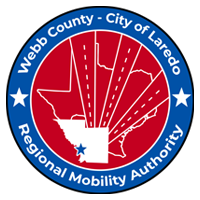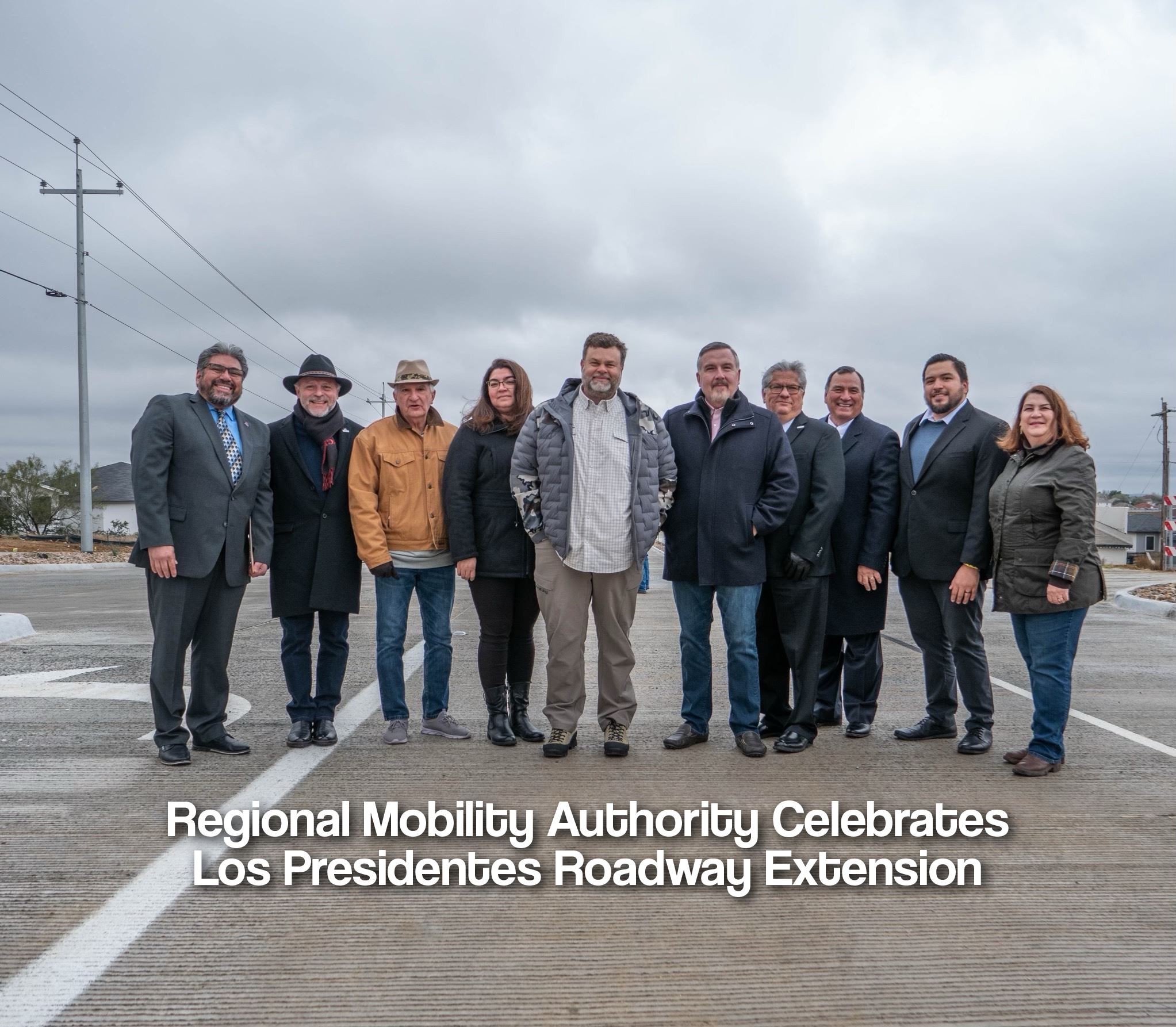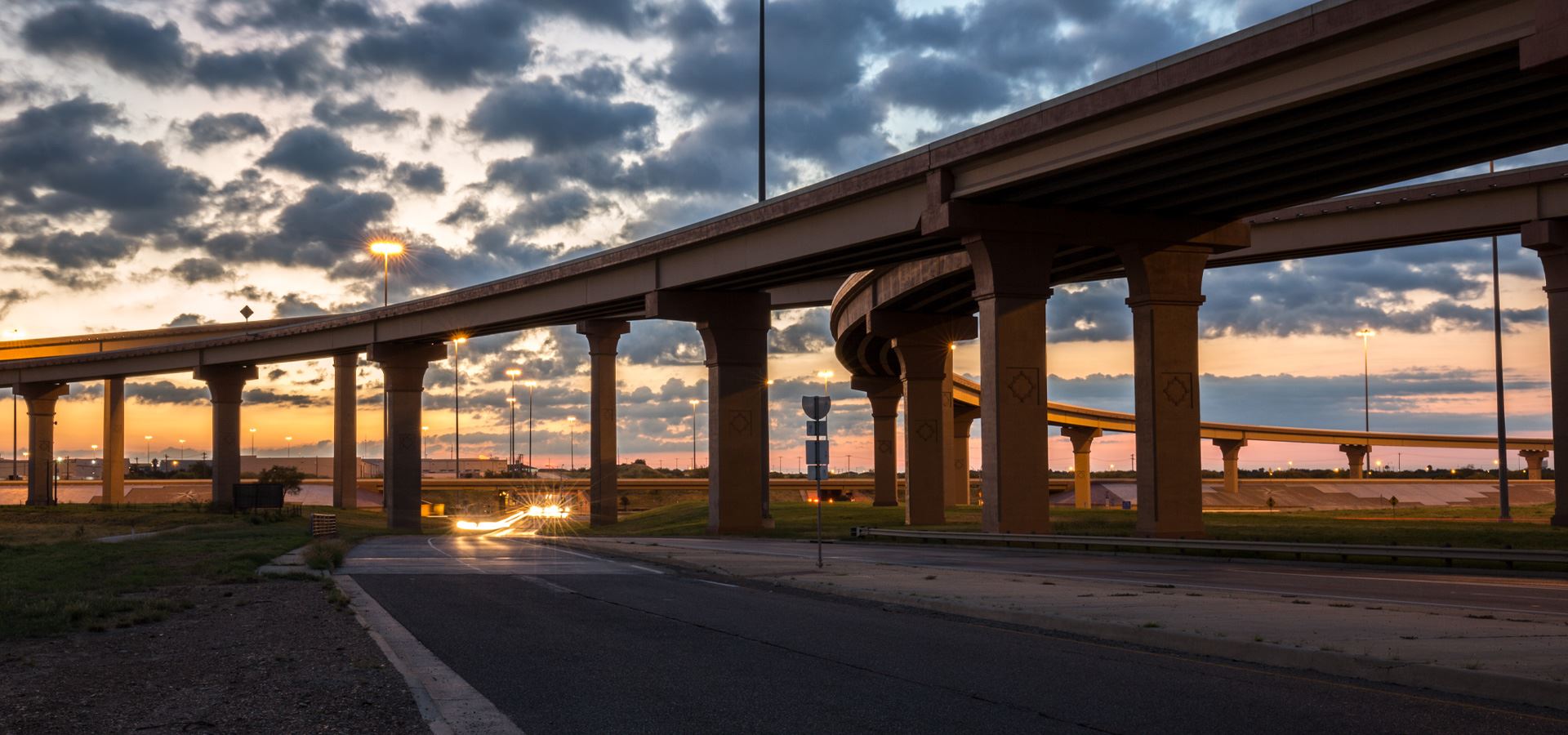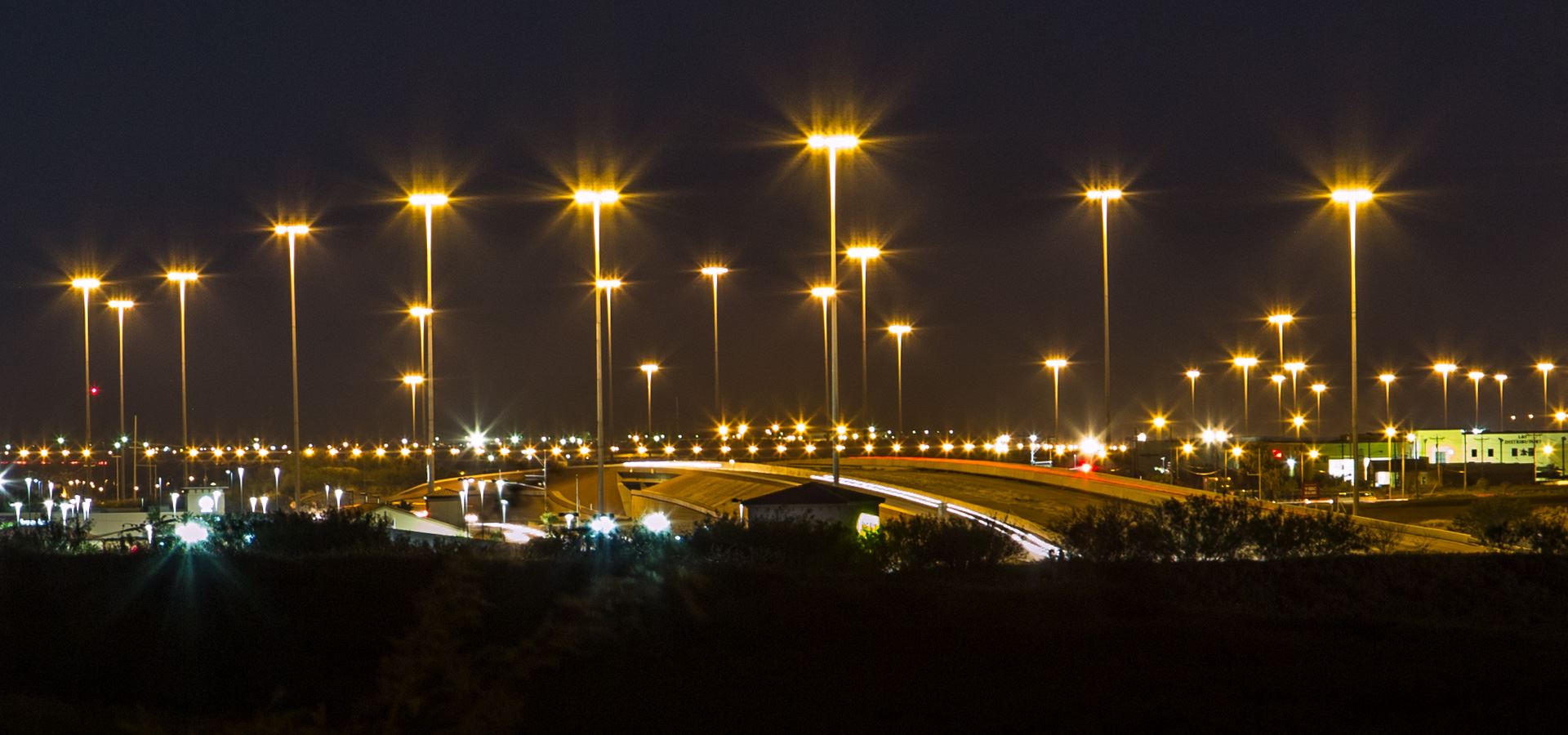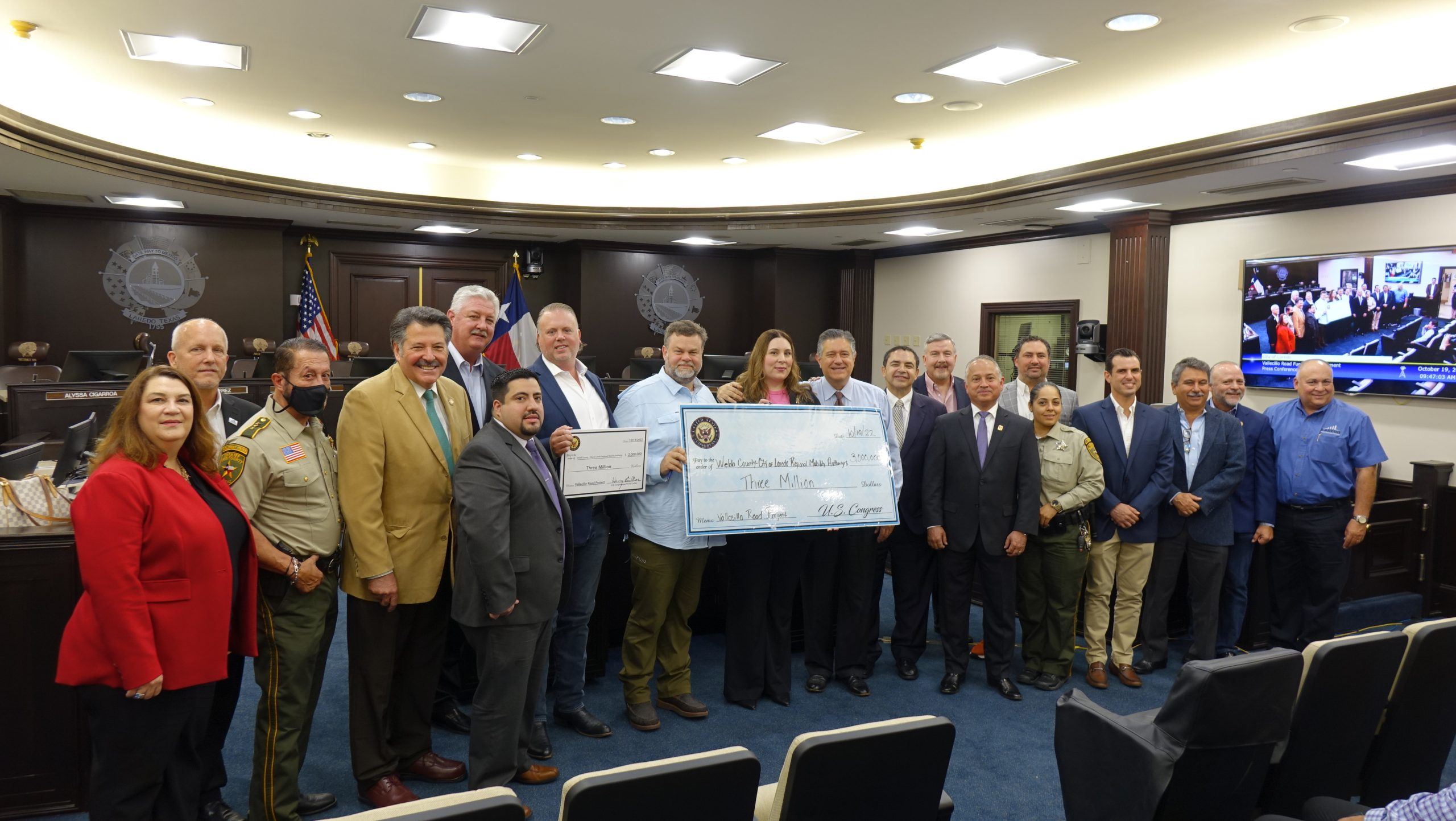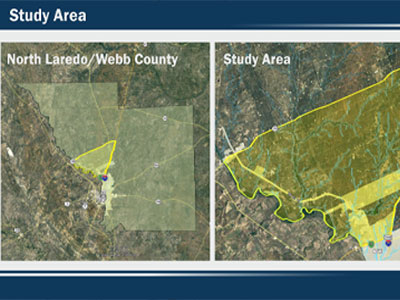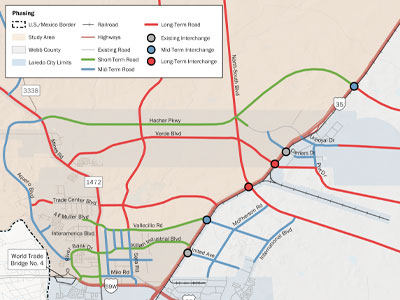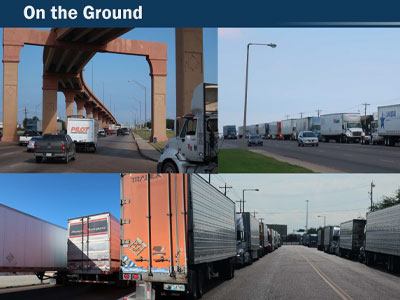水道橋 パチンコ
The mission of the Webb County-City of Laredo Regional Mobility Authority is to assist the establishment of a comprehensive transportation system to directly benefit the traveling public within Webb County-City of Laredo region through the development of additional transportation alternatives within the region.
Calendar of Events
WEBB COUNTY-CITY OF LAREDO REGIONAL MOBILITY AUTHORITY (WC-CL RMA) BOARD OF DIRECTORS REGULAR MEETING
Tuesday, October 24, 2023, at 1:30 pm
City of Laredo
International Bank of Commerce
1200 San Bernardo Ave.
3rd Floor – Community Suite
Laredo, Texas 78040
Should you have any questions, please call (956) 717-1300
CONTACT US
216 W Village Blvd Suite 202Laredo, Texas 78041 Email: [email protected]
Tel: 956-717-1300
NEWS
水道橋 パチンコ
The members of the RMA board collaborated with its team of consultants, specifically economist Travis James of TXP and Brian O’Reilly of Locke Lord. Data shown informs decisions for the present and impacts the future of funding for transportation projects in Laredo, Webb County, Texas. Read more...
Should you have any questions, please call (956) 717-1300
